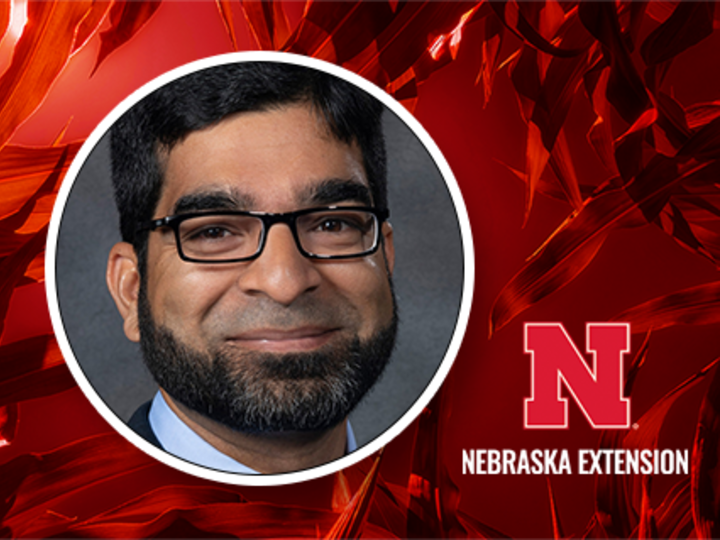The University of Nebraska-Lincoln has created a new easy-to-use digital tool to help ag producers determine the appropriate application of nitrogen for individual fields, as well as to help determine yield goals.
The tool, an updated version of the corn N calculator, is designed to increase efficiency of nitrogen use, as well as ease of record-keeping. The tool is available as both a mobile app and a web tool.
Users can input specifics for individual fields including:
- Soil characteristics
- Soil nitrate sampling data
- Organic matter
- Irrigation practices
- Economic information
- And more
Frequently Asked Questions
Have the UNL nitrogen recommendations changed?
The UNL nitrogen recommendations have not changed. This web-based tool is adapted from our previous spreadsheet-based N calculator and provides a user-friendly web-based program to enter detailed field management inputs and create corn nitrogen rate recommendations.
Why should I use this tool?
This tool provides the optimum nitrogen rate recommendations for the most profitable corn production in Nebraska. It further allows the adjustment of nitrogen from the soil, water, manure, and previous leguminous crop to save fertilizer cost and protect environmental quality.
Is the tool based on research?
Yes, this tool is based on several decades of nitrogen research experiments spanning across eastern to west Nebraska. More research experiments are being conducted to improve the performance of this tool.
Where can I find detailed information about the inputs used in this web-based tool?
The extension circulator EC117, titled "Nutrient Management Suggestions for Corn", provides detailed information of each input variable used in this tool. The updated EC117 is available on our extension publications webpage at the following link: https://extensionpubs.unl.edu/.
How do I calculate the yield goal?
This new web-based tool allows you to enter the last seven year’s yield and calculates yield goal for you. More information about setting realistic yield goal can be found here: https://cropwatch.unl.edu/setting-realistic-yield-goals.
Can I choose my N application timing for sandy soils?
Sandy soils are prone to a high risk of nitrogen loss, so application of at least 60 percent of fertilizer N in-season is recommended. This tool allows customization of a nitrogen management program with at least 60% in-season N application for sandy soils.
Does this new tool provide information about N inhibitors?
This tool does not provide N recommendation based on the use of inhibitors. However, we plan to include this information in this tool in the near future.
Does this tool provide nitrogen adjustment options during the growing season?
This tool does not allow adjustment of nitrogen rate during the growing season. However, crop sensors, remote imagery, or pre-sidedress nitrate test can be used to determine the sidedress N rate.
Can I adjust the N recommendation based on residual soil nitrate?
Like the previous N recommendation equation, this tool provide options for entering residual soil nitrate values to fine-tune nitrogen fertilizer recommendations to enhance profitability and minimize nitrogen losses.
Does this tool include N recommendations based on the plant tissue tests?
This tool does not provide in-season N recommendations based on the plant tissue tests. Instead, using a pro-active approach, this tool predicts the economic optimum nitrogen rate (EONR) before the crop plantation.
Does this tool recommend a good time for post-harvest soil sampling?
Soil sampling can be performed in the fall after crop harvest or spring before crop plantation. Spring soil sampling is preferred as it gives realistic nitrogen credit values near the crop plantation. More information about soil sampling can be found here: https://cropwatch.unl.edu/2019/soil-sampling-better-fertilization-decision.
Does this tool provide information about the cover crop nitrogen credits?
This tool does not provide information about the cover crop nitrogen credits. However, the inclusion of this information is anticipated in the near future.
How can I help to evaluate the tool performance for future improvements?
You can participate in the on-farm research trials to test the efficiency of this nitrogen recommendation tool. For more information, contact Adam Leise, NE on-farm research network coordinator, 402-245-2224, aleise2@unl.edu.
Contact:
Javed Iqbal
Nutrient Management and Water Quality Specialist
(402) 762-1432
javed.iqbal@unl.edu
Faculty Bio

